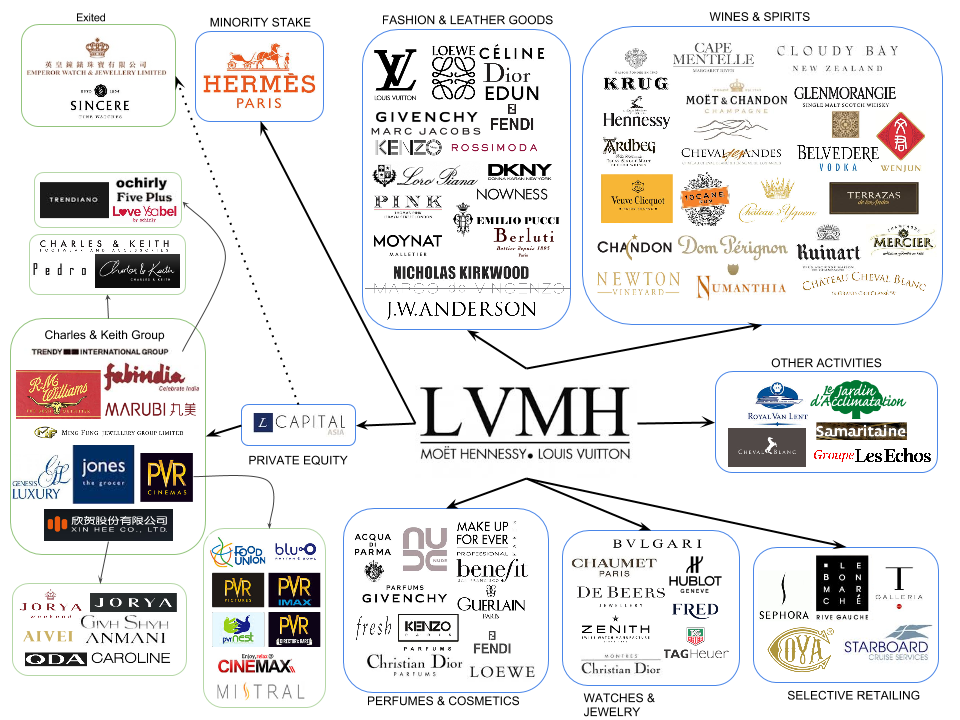Before the turn of the decade, there were periods in recent history which were dominated by a few dominant styles. Take for example the mid 2010s in which streetwear, influenced heavily by Hypebeast and sneaker culture, was the dominant style of the zeitgeist. At the time, this dominant trend was undisputed and flooded every crevice of social media.
Fast forward to just a few years later in 2022, with the advent of short-form media and the rise of niche culture, it’s pretty safe to say that it’s very hard to determine that there is no singular dominant style currently.
Amongst the ones with more traction are things such as vintage, post-minimalism and an evolved, preppy streetwear variant. However, other subsets of style hold enough ground that niche communities eventually form around them, allowing anyone to pursue style based on personal interest, rather than trend-following.

